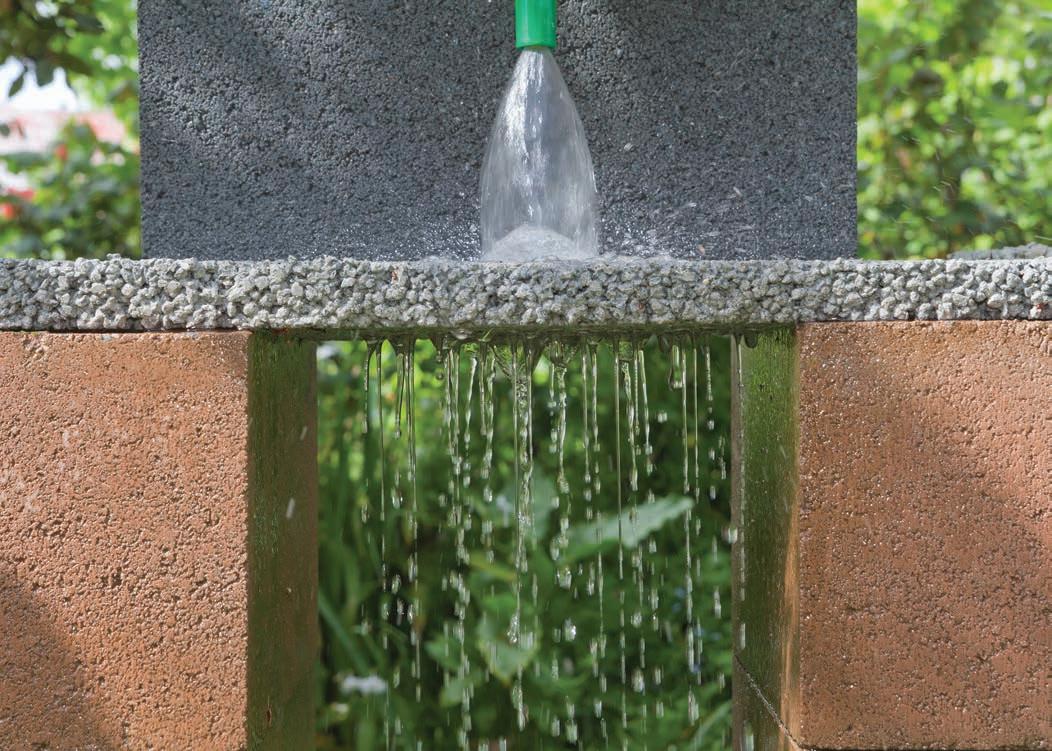11 / RESEARCH
INCREASING RESILIENCE IN IRISH FIELD HORTICULTURE Entomologist and IPM researcher, Dr Michael Gaffney shares the latest research and thinking on the value and use of compost derived from existing waste streams in Ireland
I
n the last decade, a number of extreme weather events has placed significant pressure on field horticulture in Ireland, from freezing conditions and late springs, Intense rainfall and a lack of moisture around spring plantings have all caused significant losses in the field horticulture sector. Indeed, each year seems to present a new challenge. It is increasingly clear that we are not able to accurately predict the type and strength of these weather events, therefore we need to begin to put in place strategies to help improve the resilience of Irish horticulture, so we can better cope with the unforeseen. Improving the health of soils in field horticulture is one such strategy. Under the European landfill Directive (1999/31/EC), the amount of biodegradable municipal waste (BMW) going to landfill must not exceed 427,000 tonnes by 2016 (35% of BMW produced in 1995), with full diversion targeted for 2020. Ireland is on course to achieve these targets; however currently there is more than 800,000 tonnes of biodegradable municipal waste (food, garden, catering and commercial organic wastes) generated yearly, requiring treatment and ultimately a productive end-use. Composting is likely to be the most cost-effective form of treatment for these materials; however a large proportion of this treated material is still returned to landfill. Composting reduces the volume of this material by approximately 90% and prevents the breakdown process becoming anaerobic, reducing the amount of phytotoxic compounds being produced, while also significantly reducing the amount of greenhouse gases emitted. Composting organic household and industrial waste has many benefits over landfilling, (1) the composting process
“Research at Teagasc discovered a wide array of beneficial fungi and bacteria in composted waste samples, some which were capable of reducing the severity of both fungal and oomycete pathogens on vegetable crops” 40
reduces the volume of the material thus reducing the volume of waste, (2) composting is an aerobic process and therefore produces carbon dioxide where organic matter degradation in landfill is mainly an anaerobic process producing methane which has a greenhouse gas rating 20 times that of carbon dioxide, and (3) compost can be considered a resource and has the potential to be used as both a fertilizer and a horticultural growing media, as it contains both micro and macro nutrients. Therefore it is a method of safely recycling waste back into the environment. Composted wastes are often thought of as either soil amendments or nutrient sources; however they can also host an array of beneficial fungi and bacteria which can help to reduce the disease pressure on plants. Research at Teagasc discovered a wide array of beneficial fungi and bacteria in composted waste samples, some which were capable of reducing the severity of both fungal and oomycete pathogens on vegetable crops. Composting has a pivotal role to play in closing the ‘organic loop’ - returning valuable organic matter and plant nutrients to soil. To date, due to their high organic matter and lime content (2-11% dm) composted biowastes have primarily been considered as soil conditioners. However their significant nutrient content (Table 1) means they also have a value as a fertiliser. Using composted wastes as fertilisers has been problematic however due to the heterogeneous nature of composts made from diverse waste sources (feedstocks) and the subsequent unpredictability of nutrient availability, due to a poor understanding of the effect of the primary feedstock on nutrient release. Within this study composted wastes from Ireland and other European countries were analysed to ascertain the optimal usage for these materials, based on their compositional characteristics and primary feedstocks.
COMPOST STABILITY In order for a composted waste to be marketed as a ‘compost’ and used in horticulture/agriculture, it must fulfil a number of criteria. An important criterion is that it must be ‘stable’, that is, the material is no longer microbiologically active. Under Irish standards, a material must have an oxygen uptake rate (OUR) value of 13 (Units: mmol O2/Kg OS/h), or less to be considered stable. It is hypothesised that unstable composts (<13) would immobilise nitrogen when applied to
HORTICULTURECONNECTED / www.horticulture.ie / Spring 2016














